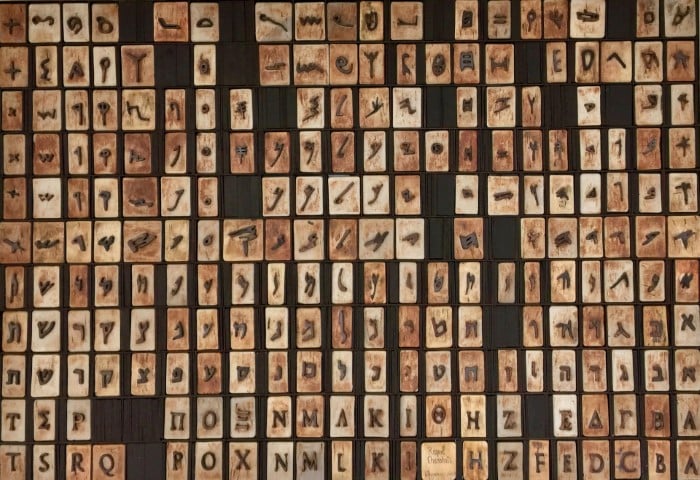Throughout history, humans have communicated in different ways. Before words were written using letters, pictures, and symbols served as tools for communication. These signs allowed individuals to share ideas and pass down knowledge from generation to generation. Most communities have specific signs that they use. In addition, different cultures may use the same symbols. However, the interpretation of each sign differs. These differences in symbology may lead to miscommunications. Therefore, this article presents what symbols are and their differences across cultures. It also highlights the need to interpret each sign appropriately and features cross-culture interaction tips.
About Symbols
A symbol stands as a representation of an idea, concept, or object. It can be in the form of writing or a gesture to pass information. As such, signs help humans to transmit complex concepts efficiently and quickly. They also eliminate the need for explanations, which can consume time and energy.
In general, there are some symbols that are universally used across different communities. Examples of such signs include:
- Road signs;
- Emojis;
- Logos;
- Technical insignia.
These marks are usually standardized, easily recognizable, and decipherable by millions of people around the world. Although many signs are shared across different cultures, there are several exceptions due to cultural differences. Furthermore, these marks evolve as cultures and traditions change.
Symbol Interpretations Across Cultures
A large portion of signs has different interpretations in different communities. These variations depend on location, beliefs, cultural ethics, traditions, and religion. In general, differences in symbolism vary in terms of colors, numbers, and gestures.
Colors
Different cultures use colors to convey distinct things. In Africa, red primarily represents warning and danger. However, the same color is used for celebrations, prosperity, and love across Eastern and Western cultures. On the other hand, white represents death in the East, while it stands for peace or purity in the West. Understanding these differences is crucial when localizing content from one language to another. If you need some localization and are unsure of your language knowledge, you can use the best translation company. In addition, it can help your business avoid localization problems that can affect sales and brand image.
Numbers
Similarly, numbers can mean different things to various communities. In Western countries, 13 stands for bad luck. 4 and 9 also mean misfortune. As such, people within these communities try to dissociate themselves from these numbers.
Gestures
Gestures are commonly used in different cultures more than numbers and colors combined. These acts can mean other things in certain societies. For example, the thumbs-up sign serves as a gesture of affirmation. Yet, some Middle Eastern communities see it as an offensive sign. In addition, pointing at someone with the index finger is offensive across Europe, Asia, and Africa.
Symbol Interpretation Importance
As the world becomes one through globalization, the need for symbol interpretation is more essential than ever. As people from different backgrounds and cultures mix, they must interact without misunderstandings. To prevent this from happening, individuals must take it upon themselves to learn about the symbols and what they mean in various cultures. Doing this is crucial, especially within business circles, as enterprises seek to expand their trade globally. Any institution or business that neglects symbol interpretation may end up offending people or, at the very least, misrepresent its values.
Cross-culture Communication Tips
If you want to improve your cross-culture communication as an individual or organization, you should avoid using symbols with multiple interpretations across communities to prevent misrepresentations. Also, before you interact with people who speak different languages, ensure you learn about their values. Doing this teaches you about their traditions and the signs they use.
In Conclusion
Symbols can be universal or may mean different things to different people. Therefore, understanding the meaning of each sign in varying communities is essential. Doing this can help prevent miscommunications or misunderstandings. In addition, it can help build strong relationships between people irrespective of background or culture.
About the Author
Ruby Butz loves writing on a wide range of topics. She also has an interest in language and its interpretation. For this reason, Ruby regularly writes content relating to language and culture. Her hobbies include cycling and gardening.

